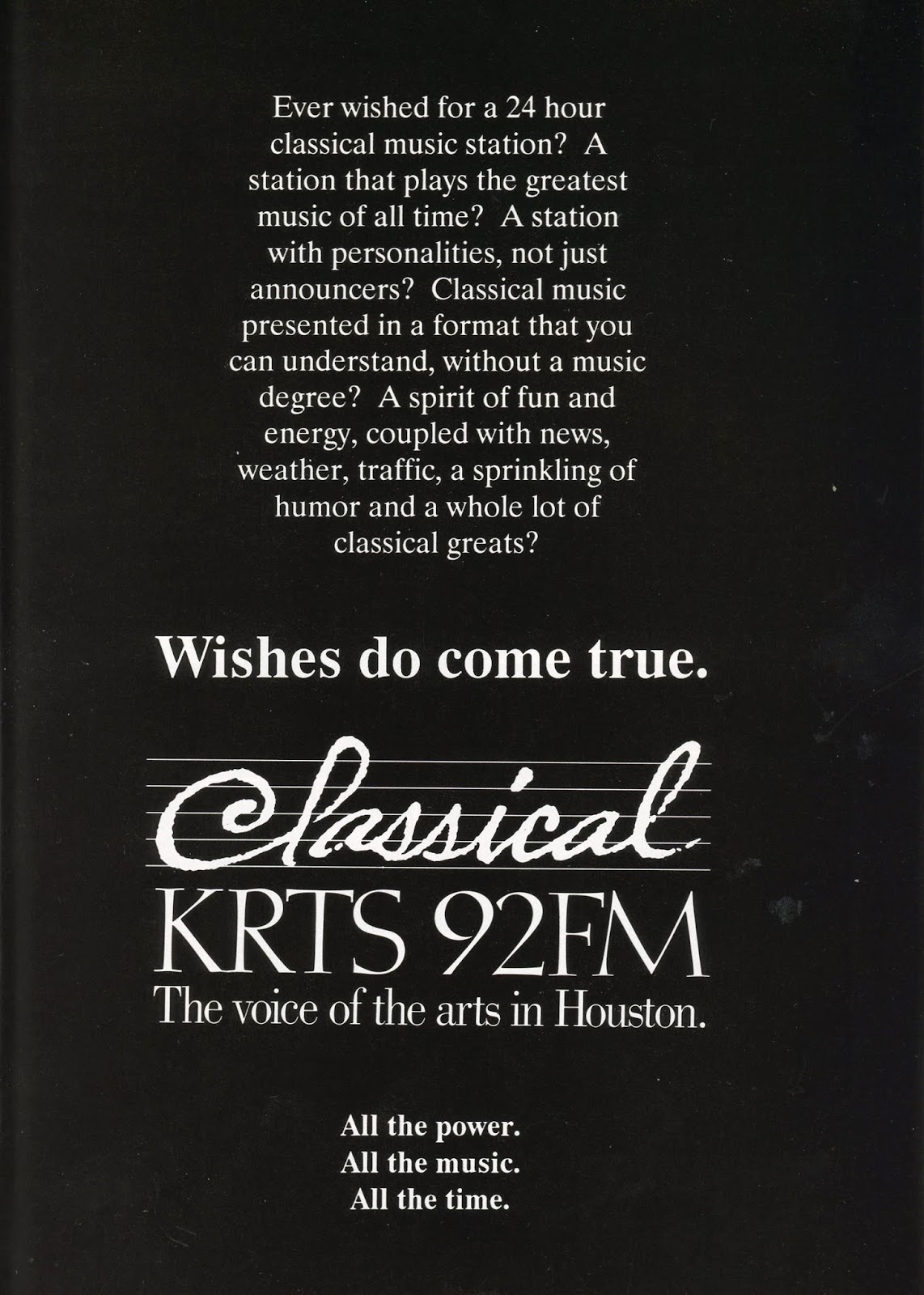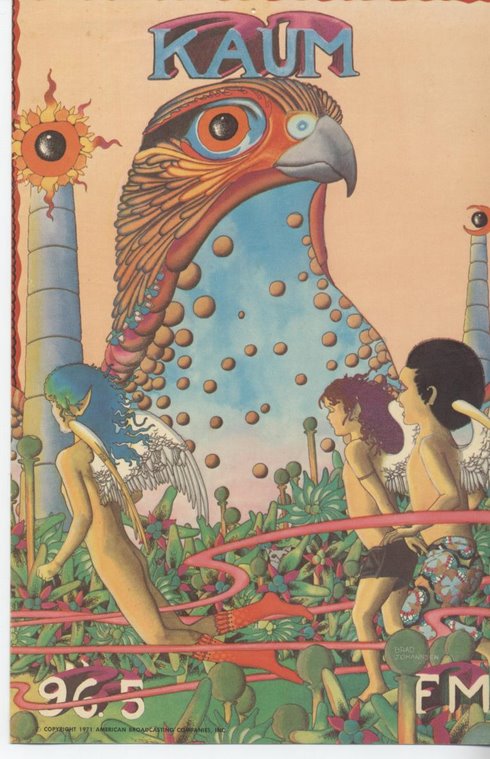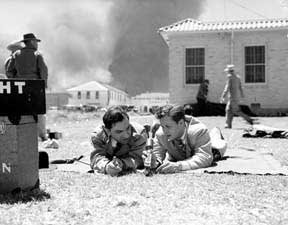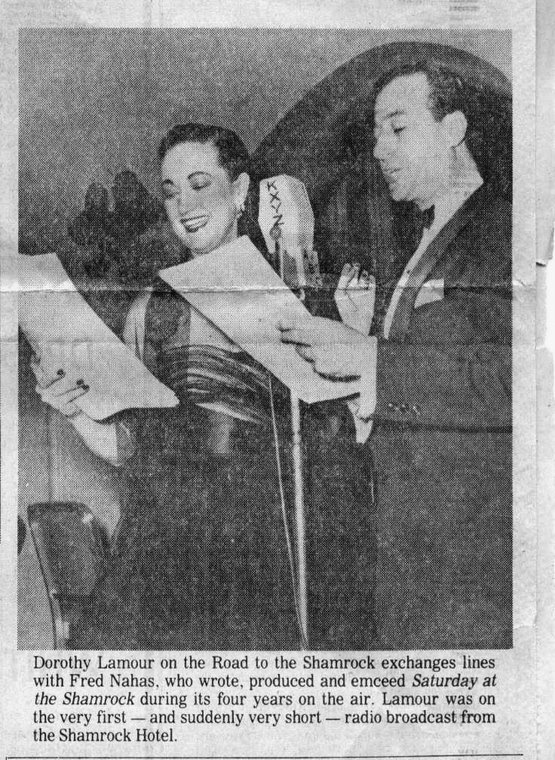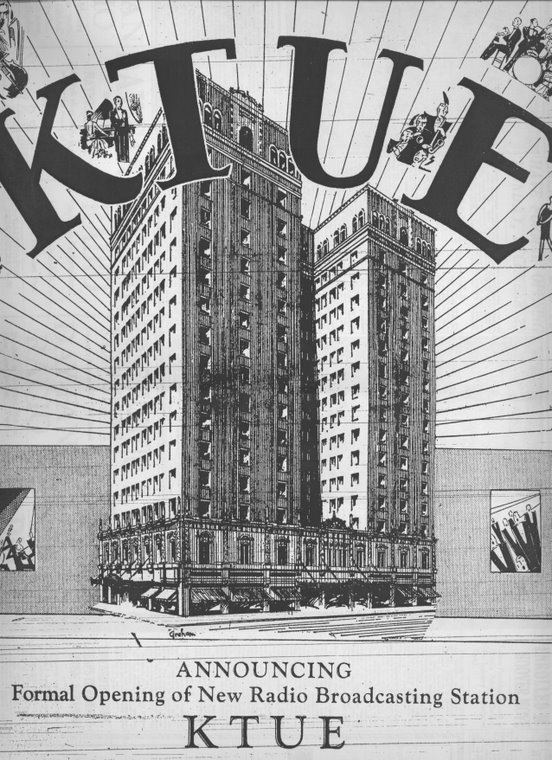Less than 3 weeks after KLEE signed on KNUZ came on the air on 1230 kc at 6am on February 18, 1948. The station had first been applied for in December, 1946, and approved in April, 1947, pending the move of KTHT off of 1230.
A story in the Post the previous day outlined the staff and that KNUZ was to be a local station and had no plans to try to affiliate with any network. The story referred to KNUZ as Houston’s seventh radio station and Dave Morris, who was general manager of Veterans Broadcasting Co. and one of the four partners who owned the new station, told the Houston Chronicle in an interview at the time of his retirement in 1994 that there were eight, but both were wrong. The Radio Guide printed in the Post February 18, 1948, included KLEE, KTRH, KTHT, KPRC, KNUZ, KXYZ, and KATL, plus KPRC-FM, KTRH-FM, KOPY-FM and KXYZ-FM. It might also have included KREL and KRCT, Baytown, for a total of thirteen.
Station personnel were detailed in the story; Biff Collie, who came to KNUZ from San Antonio to serve as sports reporter, later did mornings on KATL, KLEE and KPRC and hosted a certain up and coming singer from Memphis by the name of Presley at the Grand Prize Jamboree a few years later. The station was never a news station; Morris told the Chronicle the call letters were chosen because two of the owners had been newsmen. Morris had been Assistant General Manager of KTBS, Shreveport, before coming to Houston and had also worked at KTBC, Austin. Max Jacobs had been the Washington correspondent for the Post, Douglas Hicks had been with the Press. The other partner was Tom Harling. All were veterans.
Chuck Dunaway, a disc jockey who worked at several Houston area radio stations in his 40 plus year career, wrote in his The Way I Remember It the KNUZ studios were originally located in the Scanlon Building at 405 Main Street, taking up most of the 9th floor, then moved to 4701 Caroline, the former home of the Jewish Community Center.
According to Dunaway, Al McKinley and Webb Hunt crossed the street from KATL (literally) to work at KNUZ when KATL became KYOK. Hunt, with his trademark dark glasses, was to spend several decades at KNUZ and its sister station KQUE-FM. Dunaway also remembered the all night DJ in the early 50s, “Tiny Ted Jones, the Terror of the Turntables.” In 1950, Houston radio legend Paul Berlin arrived from Memphis to work at KNUZ.
KNUZ took over the 1230 frequency from KTHT, which moved to 790 kc as of 5:30pm on the 17th and increased power to 5000 watts. The station was authorized to operate 24 hours a day but only planned on an 18 hour day (KTHT had been a 24 hour operation since August, 1946). The Post ran stories on the move and KTHT ran ads advising listeners of the move, also. KTHT had moved into new studios at Jefferson and Brazos where the Crowne Plaza now sits after operating for several months in temporary quarters in the old South End Christian Church on Main in late 1947. Half a million dollars was spent on the new studios plant and 4 new towers on Miller road near the San Jacinto Monument and KNUZ took over the old KTHT transmitter site on Ennis St., on the near East side. There was a glass wall in the new KTHT studios so motorists on Jefferson could see programs in progress.
Before applying to move KTHT to 790 kc and increase it’s power, Roy Hofheinz had told some friends of his plan and suggested they apply for his old frequency. Hofheinz didn’t want his competitors to get their hands on the frequency when he vacated it. According to his biographer Hofheinz convinced the FCC and the owners of the new station to let him simulcast KTHT on both stations for 24 hours before the move but according to the papers the overlap was just over 12 hours. Every time they cracked the mike the KTHT announcers advised listeners on 1230 kc to move down the dial to 790 to continue listening to their favorites on KTHT. The new owners of KNUZ were not pleased; they were afraid they weren’t going to have any listeners left by the time they launched.
The story of Hofheinz’ lengthy struggle to win approval to move KTHT to a new frequency and boost power will be told in another post. The article in the Chronicle mentioned above was entered into the Congressional Record by former Representative Jack Fields.
On the same day KNUZ hit the airwaves the Post also carried a notice that the KLEE program director, Winthrop Sherman, formerly of the Mutual Broadcasting System, who had been on the job since October, had resigned. The station had been on the air only since January 31.













 An ad from Broadcasting Yearbook, 1964.
An ad from Broadcasting Yearbook, 1964.





